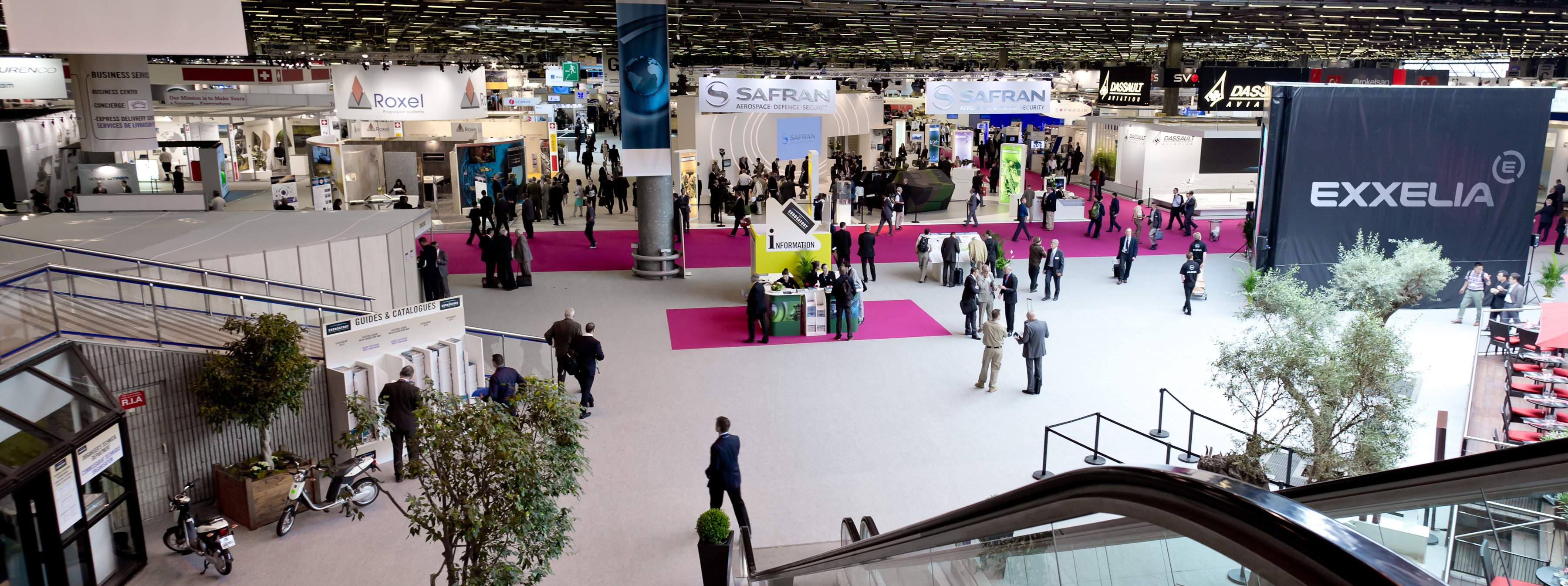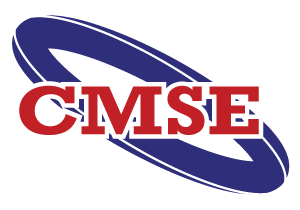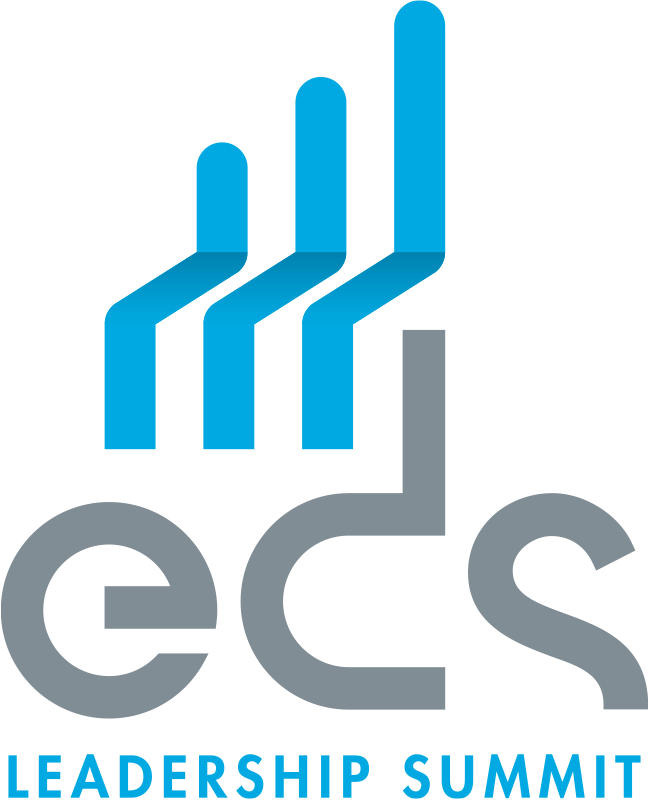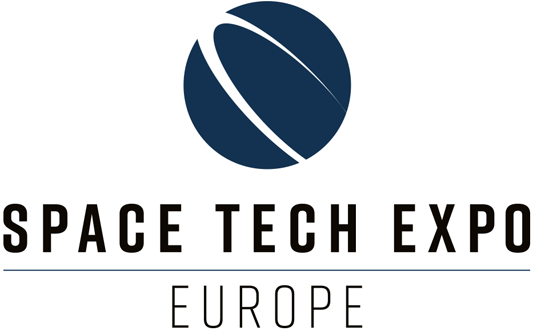EuMW 2017 - stand 190
Ultra low ESR, high RF power and high self-resonant frequency
The NHB series is a complete range of MLCC based on NPO dielectric material providing a very high Self Resonant Frequency and limiting the parasite Parallel Resonant Frequencies. The series is available in 1111 size with capacitance ranging from 0. 3pF to 100pF. NHB series offers excellent performance for RF power applications at high temperature up to 175°C @ 500 VDC. The lowest ESR is obtained by combining highly conductive metal electrodes and proprietary of the NPO low loss rugged dielectrics. NHB series is particularly fit for high power and high frequency applications such as: cellular base station equipment, broadband wireless service, point to point / multipoint radios and broadcasting equipment. Typical circuit applications: impedance matching, bypass, feedback, tuning, coupling and DC blocking.
100% invar tuning screws with self-locking system
Invar-36 is a unique Iron-Nickel alloy (64 % Fe / 36 % Ni) sought-after for its very low coefficient of thermal expansion. With 1.1 ppm. K–1 between 0°C and 100°C, Invar-36 is about 17 times more stable than Brass which is the most traditional and common alloy Tuning Elements are made of. The working temperature range in Space is so wide that this property becomes essential for a reliable and stable cavity filter tuning. Self-locking system is a technology commonly used on Tuning Element made of Brass or other soft “easy-to-machine” alloys but is innovative and pretty advanced when applied to hard and tough Invar 36. The design consists of two threaded segments separated by two parallel slots. After cutting both parallel slots, the rotor is compressed in its length in order to create a plastic deformation. Thus, an offset is induced between the two threaded segments which generates a constant tensile stress in the rotor from the moment threaded segments are screwed.
High Q Factor Dielectric Resonators
Dielectric resonators are designed to replace resonant cavities in microwave functions such as filters and oscillators. Exxelia has developed with support of ESA and CNES, a new high-end dielectric material, E7000 series, designed for high-end filters where high Q factor is requested.
E7000 is Ba-Mg-Ta materials based that combines an ultra-high Q factor and the possibility to get all the temperature coefficients upon request. E7000 provides high-performance requested for space use in the frequency range 5 to 32 GHz, and guarantees up to Qxf > 250 000 at 10GHZ. Typical applications: Satellite multiplexing filter devices, radio links for communication systems (LMDS), military radars.





